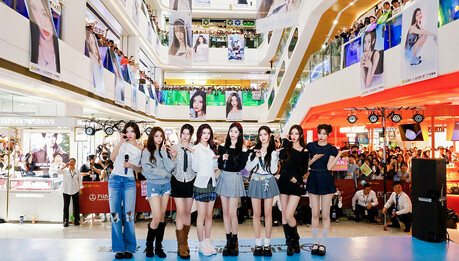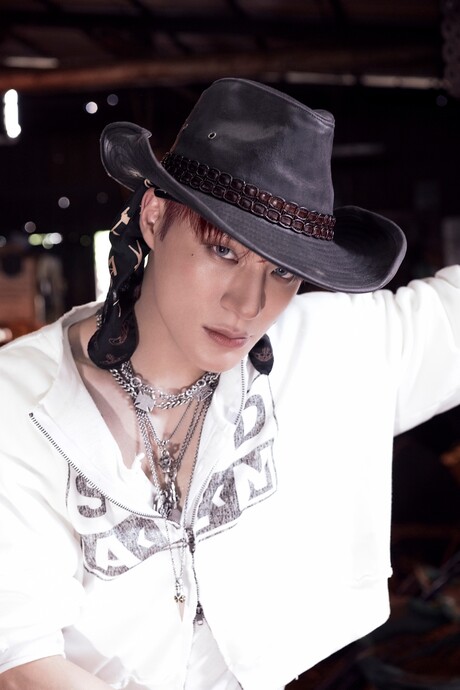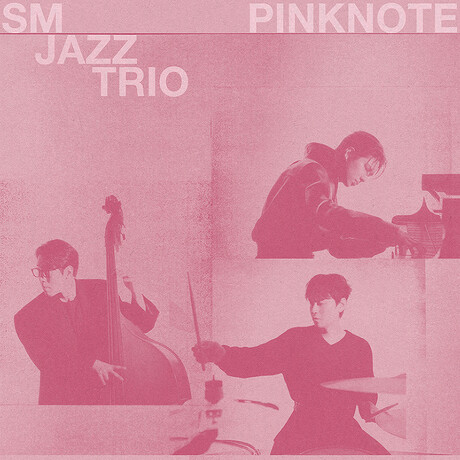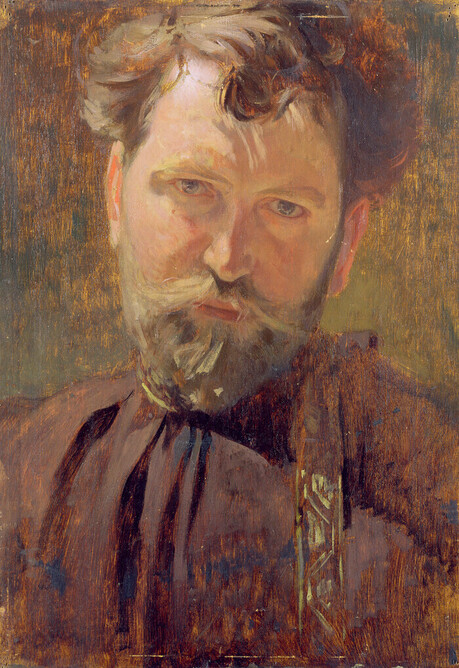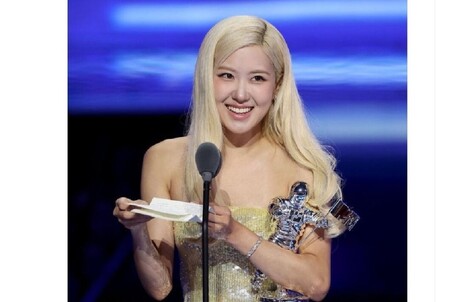South Korea has developed a unique, centralized approach to addressing the thousands of cultural artifacts scattered across museums worldwide, many of which left the country during Japan's colonial rule from 1910 to 1945 and the Korean War from 1950 to 1953. Unlike other nations that handle such efforts through multiple organizations, Korea has entrusted this mission to a single entity: the Overseas Korean Cultural Heritage Foundation (OKCHF).
Established in 2012, the year after France returned the royal Oegyujanggac Uigwe manuscripts, the state-affiliated foundation has identified nearly 248,000 Korean cultural artifacts abroad, excluding those in private hands. The organization has successfully repatriated 2,854 objects to date through various methods including government negotiations, auction participation, private collector purchases, and donations.
"In cases where illegal removal is clear, such as with the royal seals of the Joseon court, government-to-government negotiations or international investigations may come into play," explained Kang Hae-seung, director of the foundation's research department. "But many other Korean artifacts overseas demand a different approach. OKCHF exists to craft strategies tailored to each object and circumstance."
The foundation's work extends far beyond simple repatriation efforts. It conducts annual field surveys to document and monitor Korean pieces in museum collections worldwide, occasionally discovering works with questionable provenance. This research has led to several high-profile returns, including a recent case involving New York's Metropolitan Museum of Art.
The Met's decision to return "The Tenth King of Hell," a 1798 Korean Buddhist painting, to Sinheung Temple in Sokcho, Gangwon Province, exemplifies how international attitudes toward cultural repatriation are shifting. The artwork was part of a 10-panel series that once hung in the temple's Myeongbujeon Hall, depicting the Buddhist kings who judge the dead in the afterlife.
"We don't want to hold on to any works of art that have been removed from a country illegally, so we're trying to do the right thing," said Maxwell Hearn, chair of the Met's Department of Asian Art. "At the same time, we recognize that it's important to have wonderful works of Korean art to represent Korean culture in America. The Met has a very broad, international audience and this is one way for us to bring Korean culture to a wider public."
The painting's return was facilitated by the Sokcho Committee for the Return of Cultural Heritage, led by Lee Sang-rae, who spent three years in talks with the Met. The committee provided crucial evidence, including a 1954 photograph donated by a U.S. soldier showing the panel was missing from the temple during the U.S. military administration period. "At that time, Sokcho was under military administration, so only U.S. troops could move freely, strongly suggesting that the painting was taken by the American forces," Lee explained.
However, OKCHF's mission encompasses more than repatriation. The foundation recognizes that many Korean artifacts left the country through legitimate channels as diplomatic gifts or fair transactions, making them unsuitable candidates for return. Additionally, even repatriated items often end up in storage, limiting public access.
"We can't focus solely on bringing objects back," Kang emphasized. "We also need to help institutions abroad preserve the items they already hold, so they can reenter the public eye. That, too, is a way of bringing Korean cultural heritage to the world."
This philosophy has led to innovative conservation partnerships with museums worldwide. The Denver Art Museum benefited from such collaboration when it received funding and expertise to restore "One Hundred Boys at Play," a 10-panel folding screen from the late Joseon era. The artwork had been in such poor condition since arriving at the museum in 1970 that it couldn't be fully opened or exhibited.
After a year-long restoration in Korea through OKCHF's annual conservation program, the screen returned to Denver and will be featured in a new exhibition. "The most meaningful thing a museum can do with an object is to show it to the public," said Park Ji-young, National Museum of Korea fellow of Korean art at the Denver Art Museum. "Conservation makes it possible to bring these works back into the world."
The restoration project has had additional benefits beyond the artwork itself. The Denver Art Museum's conservation team, which rarely handled Korean objects before, built relationships with Korean specialists and gained knowledge to approach Korean materials with greater sensitivity in future work. The project even sparked a new donation when a Denver resident, inspired by seeing the museum's Korean ceramics exhibition, offered a late 19th-century floral-and-bird embroidery screen collected by her father-in-law, a U.S. Army engineer stationed in Korea in the 1950s.
Similar collaborations have flourished in Europe. The exhibition "100 Ideas of Happiness: Art Treasures from Korea" at Dresden's Residenzschloss showcased the eight-panel folding screen "Guo Fenyang's Enjoyment of Life" after a 15-month restoration in Korea. The project, carried out between 2022 and 2024 with OKCHF and the Jung-Jae Conservation Center, exemplified international cooperation in cultural preservation.
"It is rare for Korean artifacts to be restored in Korea, and this method fits well with our principles," said Sojin Baik, curatorial fellow and adviser for Asian and Transatlantic Cooperation at Staatliche Kunstsammlungen Dresden. "We place strong emphasis on preserving objects in ways that honor their traditions."
Bernd Ebert, director of Staatliche Kunstsammlungen Dresden, described the restoration as "a benchmark for international collaboration" that "exemplifies how mutual respect, knowledge exchange and shared stewardship of cultural heritage can lead to outstanding results." The partnership has opened possibilities for future joint research and exhibitions, including the exchange exhibition "Between and Beyond: A Centennial Journey" at the Jeju Folklore and Natural History Museum.
These international efforts hold special significance for Korean diaspora communities, particularly younger generations seeking connections to their heritage. "When children begin to show curiosity about Korean culture, the museum's Korean gallery is the easiest place to take them," Park noted. "Even the smallest object, encountered in person rather than on a screen, makes a huge difference. For families who can't travel to Korea often, these galleries become a space where their heritage can still be felt."
The growing global interest in Korean culture, driven by phenomena ranging from K-pop to Han Kang's 2024 Nobel Prize win in Literature, has created new opportunities for cultural engagement. The Dresden exhibition attracted a noticeable influx of younger Germans interested in Korean history and culture, demonstrating the importance of maintaining Korean art's visibility in international institutions.
Through its comprehensive approach combining repatriation efforts with conservation support and cultural diplomacy, OKCHF ensures that Korean heritage remains accessible to future generations worldwide. As Baik observed, the goal extends beyond individual artifacts to treat exhibitions as "a window onto Korea and its culture," ensuring that Korean cultural treasures, wherever they reside, continue to educate and inspire global audiences while serving as bridges between cultures and generations.


















